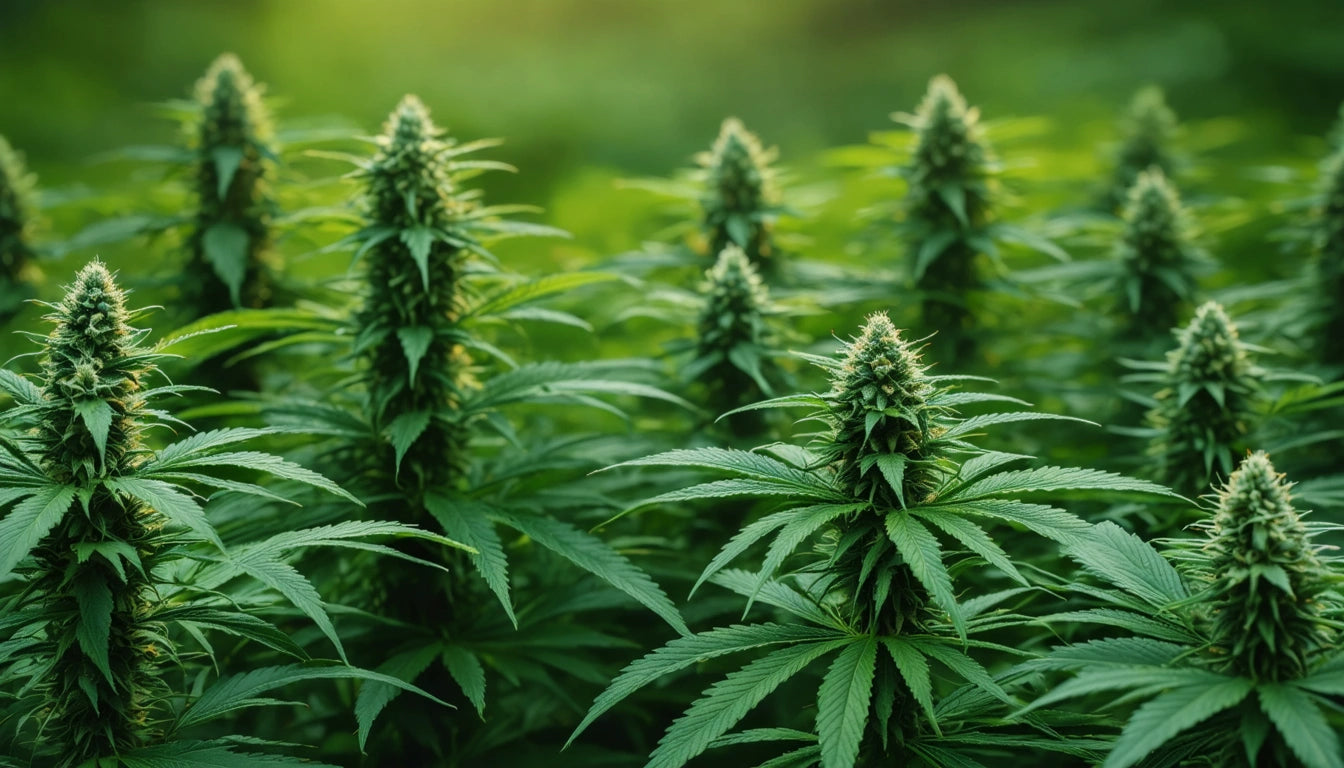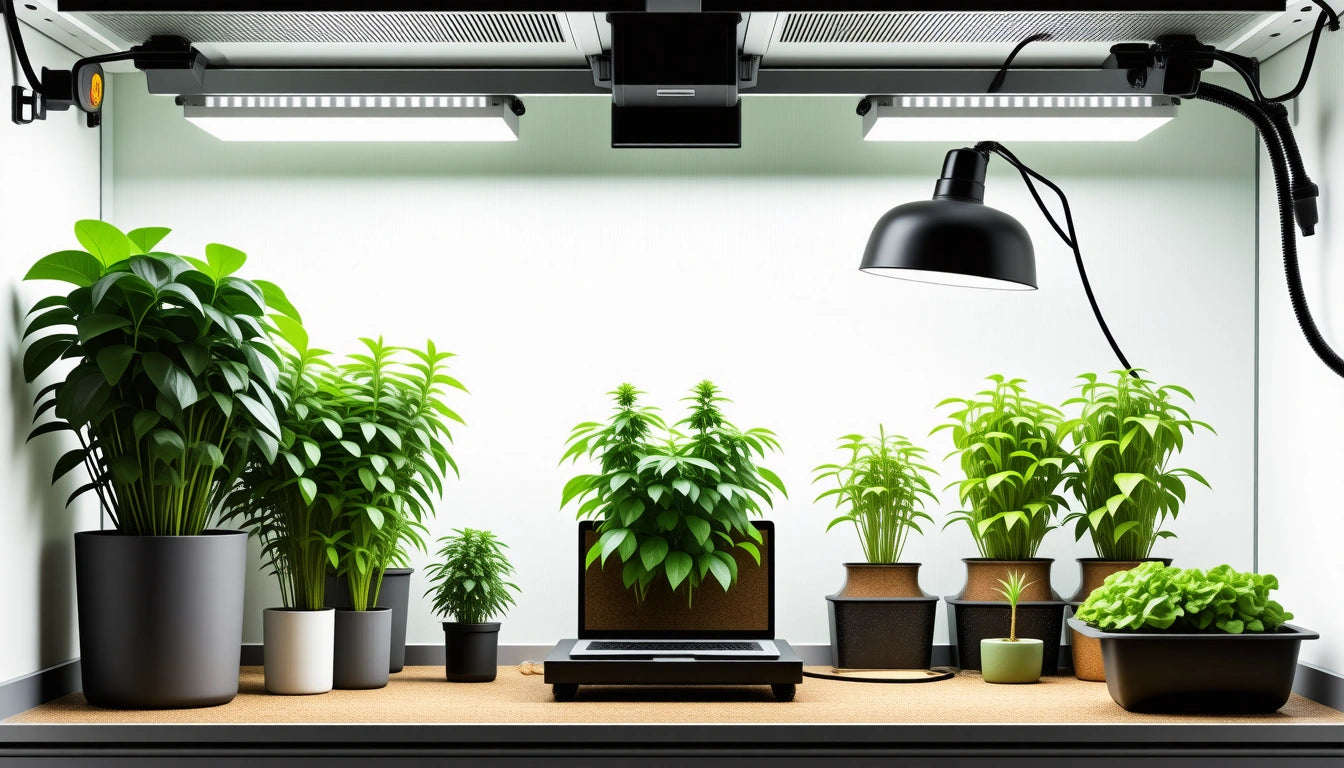Table of Contents
- Understanding Autoflowers: Basics and Growth Patterns
- Topping Explained: What It Is and Why Growers Do It
- Can You Top Autoflowers? Debunking Common Myths
- When to Top Autoflowers: Timing Is Everything
- How to Top Autoflowers: Step-by-Step Guide
- Topped vs Untopped Autoflower: Comparing Results
- Best Practices for Successful Autoflower Topping
Everything You Need to Know About Topping Autoflower Plants
Autoflowering cannabis has revolutionized home growing with its quick lifecycle and forgiving nature. However, when it comes to training techniques like topping, many growers hesitate. Should you top autoflowers? Can you top an autoflower without stunting its growth? This comprehensive guide answers these questions and provides practical advice for maximizing your autoflower yields through proper topping techniques.
Understanding Autoflowers: Basics and Growth Patterns
Autoflowering cannabis plants differ fundamentally from photoperiod varieties. As explained in our guide to autoflowering cannabis growth, these plants automatically transition to flowering based on age rather than light cycle changes. This genetic trait, inherited from Cannabis ruderalis, creates a compressed growth timeline of 8-10 weeks from seed to harvest.
This accelerated lifecycle is both an advantage and a challenge when considering training techniques like topping. Autoflowers have less time to recover from stress, making timing crucial for any high-stress training method.
Topping Explained: What It Is and Why Growers Do It
Topping is a high-stress training technique that involves cutting off the main stem's growing tip. This removal of the apical dominance forces the plant to develop two main colas instead of one, potentially increasing yields and creating a bushier plant with more bud sites.
For photoperiod plants, topping is a standard practice that can significantly boost harvests. However, when considering whether to top autoflowers, growers must weigh the benefits against the shorter recovery window.
Can You Top Autoflowers? Debunking Common Myths
The question "can you top an autoflower" has divided the growing community for years. The traditional wisdom suggested avoiding high-stress training techniques on autoflowers entirely. However, modern autoflower genetics have improved significantly.
Today's autoflowering strains, particularly those from reputable autoflower seed banks, are more resilient and can handle stress better than their predecessors. This genetic improvement has changed the answer to "should I top my autoflower" from a flat "no" to a qualified "yes, under the right conditions."
When to Top Autoflowers: Timing Is Everything
Knowing when to top autoflowers is crucial for success. The ideal window is narrow:
- Too early: The plant hasn't established enough growth to recover quickly
- Too late: The plant has already begun flowering, and topping will reduce yields
The optimal time to top autoflowers is generally between days 15-21 from sprouting, when the plant has developed 3-5 nodes. At this stage, the autoflower has established a strong root system but hasn't yet triggered its flowering response.
Before topping, ensure your plants are healthy and growing vigorously. Any signs of stress or nutrient deficiencies should be addressed first, as proper growing conditions are essential for recovery.
How to Top Autoflowers: Step-by-Step Guide
If you've decided to top your autoflower plants, follow these steps for the best results:
1. Prepare Your Tools
Use clean, sharp scissors or pruning shears. Sterilize them with alcohol to prevent introducing pathogens to the cut site.
2. Identify the Cutting Point
Locate the main stem's newest growth point (the apex). The cut should be made above the 3rd or 4th node, leaving enough lower growth for the plant to continue photosynthesis efficiently.
3. Make a Clean Cut
Cut the main stem horizontally just above your chosen node. Make a clean cut to minimize stress and promote faster healing.
4. Post-Topping Care
After topping, your autoflower will need special attention. Maintain optimal growing conditions with proper lighting, nutrients, and watering. Many commercial growers use specialized equipment for precise nutrient delivery to help plants recover quickly and develop robust new growth patterns.
Topped vs Untopped Autoflower: Comparing Results
When comparing topped vs untopped autoflower plants, several differences become apparent:
- Structure: Topped plants develop a bushier, more horizontal growth pattern with multiple main colas, while untopped plants maintain a Christmas tree shape with a dominant central cola
- Yield: Successfully topped plants often produce more bud sites, potentially increasing overall yield if recovery is quick
- Canopy: Topped plants create a more even canopy, allowing better light penetration to lower bud sites
- Recovery Time: Topped plants require a recovery period that untopped plants don't need
The autoflower topped plant vs non topped comparison isn't always straightforward. Results vary based on genetics, growing conditions, and execution. Many experienced growers run side-by-side experiments to determine which approach works best for their specific strains and setup.
Best Practices for Successful Autoflower Topping
To maximize your chances of success when topping autoflowers, follow these guidelines:
- Choose robust, high-yielding genetics as detailed in our guide to high-yielding autoflower strains
- Ensure plants are growing in optimal conditions before attempting topping
- Consider pot size, as larger containers allow for better recovery and optimize autoflower growth
- Combine topping with low-stress training techniques like gentle stem bending for maximum effect
- Monitor plants closely after topping to catch any signs of excessive stress
- Adjust feeding schedules to support recovery and new growth
Remember that maximizing autoflower yields involves more than just topping. A holistic approach to cultivation that includes proper lighting, nutrients, and growing medium will produce the best results whether you choose to top your plants or not.
Ultimately, the decision to top autoflowers should be based on your specific goals, growing environment, and the particular strains you're cultivating. With proper timing, technique, and care, topping can be a valuable tool in the autoflower grower's arsenal, helping to create bushier plants with improved yields and better canopy management.











Leave a comment
All comments are moderated before being published.
This site is protected by hCaptcha and the hCaptcha Privacy Policy and Terms of Service apply.